advanced (technology)Welding technologyDissolution control and quality management in
1 Overview of welding technology and the role of dissolution in welding
Welding technology, as one of the core processes of modern manufacturing, achieves permanent connections by bringing materials to an atomic or intermolecular union through various heat sources. In this process, the dissolution phenomenon is ubiquitous, from the formation of the molten pool of fusion welding to the dissolution of the base material of brazing, all directly affect the quality of the final joint. With the development of the manufacturing industry to the direction of high strength, lightweight, high efficiency, welding technology continues to innovate, the precise control of the dissolution process puts forward higher requirements.
In high-tech fields such as aerospace and automotive manufacturing, the quality of welded joints is directly related to the safety and reliability of the entire structure. In automotive manufacturing, for example, body welding involves a wide range of materials and thicknesses, requiring control of different dissolution behaviours to ensure consistency. Similarly, in aerospace, the joining of lightweight alloys to speciality steels must precisely control interfacial reactions to avoid the formation of harmful phases. Understanding and controlling dissolution phenomena during welding is therefore an indispensable technical element of modern manufacturing.
2 Dissolution characteristics and control methods in major welding processes
2.1 Dissolution and erosion control in brazing
The core process of brazing, as a process that relies on capillary action to fill the joint, is the mutual dissolution between the base material and the brazing material. In brazing of aluminium heat exchangers, dissolution and erosion are particularly evident. It has been shown that the maximum temperature and holding time during brazing, as well as the type and amount of brazing material, affect the degree of dissolution and erosion.
By comparing three different brazing profiles (normal, heated and strongly heated), it was found that the degree of dissolution of the radiator parts during brazing varied from 181 TP3T to 681 TP3T. Under the strong heating profile, erosion in some areas of the brazed joints can even lead to the destruction of thin-walled cooling fins. This indicates that excessive dissolution can have a serious negative impact on joint performance. Therefore, the conflicting needs of joint formation and substrate preservation must be balanced during process design.
2.2 Control of interfacial reactions in welding of dissimilar materials
When welding dissimilar materials, complex elemental interdiffusion and chemical reactions occur at the interface to form intermetallic compound layers. In contact reaction brazing of aluminium alloys with stainless steel, the use of Cu as an intermediate layer results in the formation of a composite structure consisting of Fe2Al5, FeAl3 intermetallic compounds and Cu-Al intermetallic compounds at the interface on the stainless steel side.
The thickness of the intermetallic compound layer at the interface increases with increasing holding time, while the width of the eutectic organisation gradually decreases. It is worth noting that the dissolution of the intermediate reaction layer Cu is very rapid, a fast process measured in seconds. This rapid dissolution behaviour puts extreme demands on the process control, requiring precise control of the heat input and action time.
3 Welding Quality Management and Performance Assessment
3.1 Total Quality Management System
The establishment of a comprehensive welding quality management system is the key to ensuring stable joint performance. This system should cover design control, process verification, online monitoring and final inspection and other links. For key structural components, it is also necessary to establish a full-process traceability system from the raw material into the warehouse to the product factory.
Quality control needs to focus on weld appearance, dimensional accuracy, mechanical properties and microstructure. For high-end manufacturing areas such as aerospace and automotive, special tests such as fatigue performance and fracture toughness are also required to assess the long-term reliability of joints under complex loads.![图片[1]-先进焊接技术中的溶解控制与质量管理(主要焊接工艺中的溶解特征与控制方法)-大连富泓机械有限公司](https://cndlfh.com/wp-content/uploads/2025/09/QQ20250829-200803-800x679.png)
3.2 Non-destructive testing and performance prediction
Modern welding quality control increasingly relies on advanced non-destructive testing techniques such as X-ray inspection, ultrasonic testing and eddy current testing. These techniques can detect internal defects and assess the quality of joints without destroying the product.
Meanwhile, welding process simulation based on digital twin technology has become a powerful tool for predicting joint performance. By constructing a virtual model that can dynamically simulate the mechanical response of cutting, the researchers have improved the prediction accuracy by 15%, which not only reduces material waste, but also shortens processing time. A similar approach can be used to optimise and predict the welding process.
4 Welding technology development trend and innovative application
4.1 Intelligent and Automated Welding
Welding technology is rapidly developing in the direction of intelligence and automation. Intelligent welding system monitors the welding process in real time through multi-sensor information fusion, automatically adjusts the parameters, and ensures the consistency of joint quality. For example, the weld tracking system based on machine vision can automatically identify the position of the weld and compensate for assembly errors.
Robotic welding workstations and flexible welding lines have become standard in large manufacturing organisations, significantly improving productivity and stability. These systems typically integrate welding power sources, motion control, sensing monitoring and data analysis modules, enabling digital management of the welding process.
4.2 Welding Challenges of New Materials and Structures
With the continuous emergence of new materials, welding technology faces new challenges. Materials such as high-strength steels, aluminium alloys, magnesium alloys and composites have vastly different physico-chemical properties, requiring the development of special welding processes and filler materials.
Emerging technologies such as stir friction rivet welding show unique advantages when it comes to joining dissimilar materials. This technology has successfully achieved high-quality joining of aluminium alloys to steel through a combination of mechanical locking and finite metallurgical bonding. Studies have shown that the formation of harmful intermetallic compounds can be reduced and joint performance improved by surface plating with Zn or the addition of Zn elements.
4.3 Green Welding and Sustainable Development
The environmentalisation and energy saving of welding technology is another important development trend. By optimising process parameters, reducing energy consumption and material waste, and developing welding materials with low fumes and harmful gases, the environmental impact of the welding process can be significantly reduced.
soldredThe lightweight design of structures also makes a direct contribution to energy saving and emission reduction. For example, in automobile manufacturing, by adopting a hybrid structure of high-strength steel and aluminium alloy and combining it with advanced joining technologies, it is possible to reduce the weight of the body and fuel consumption while ensuring safety.

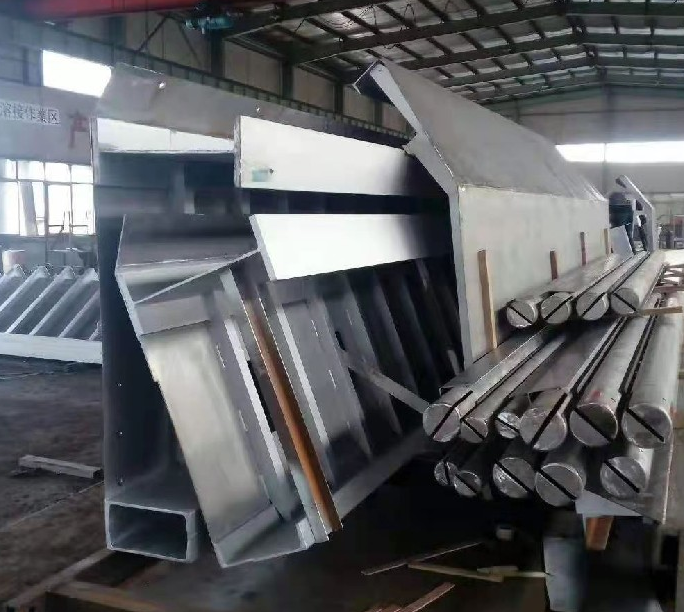


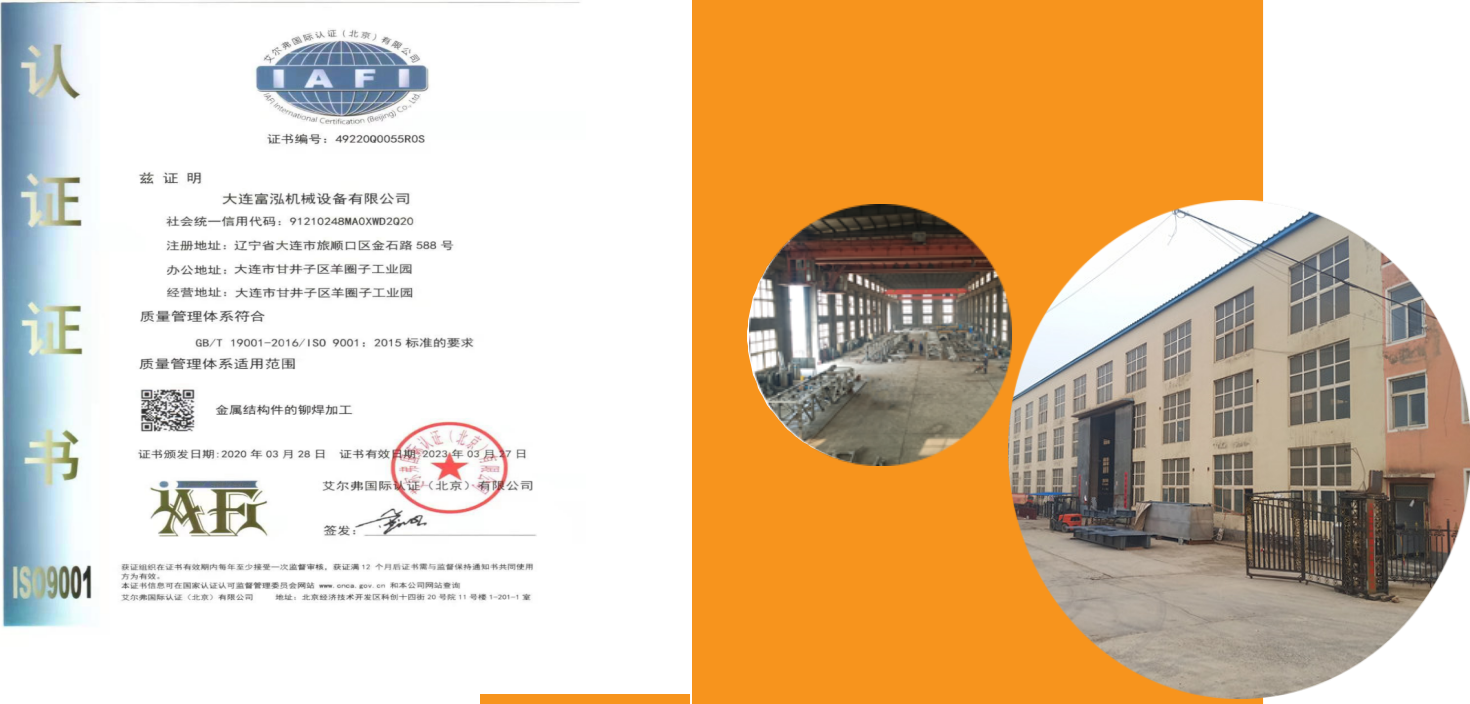
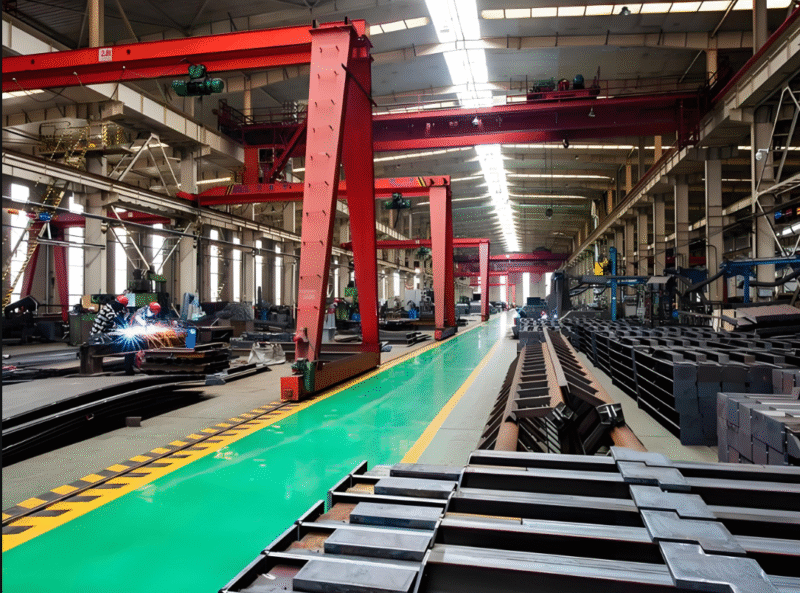

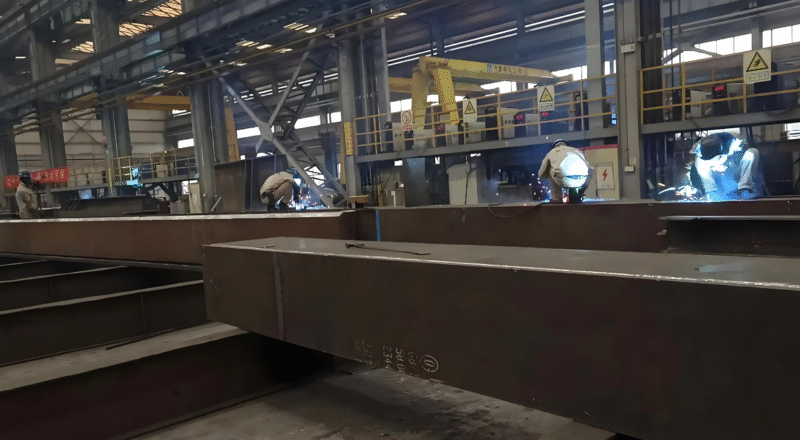
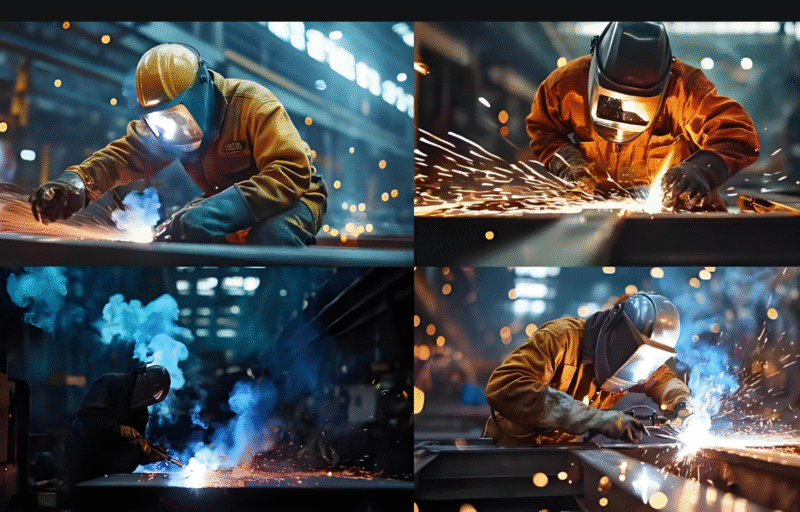

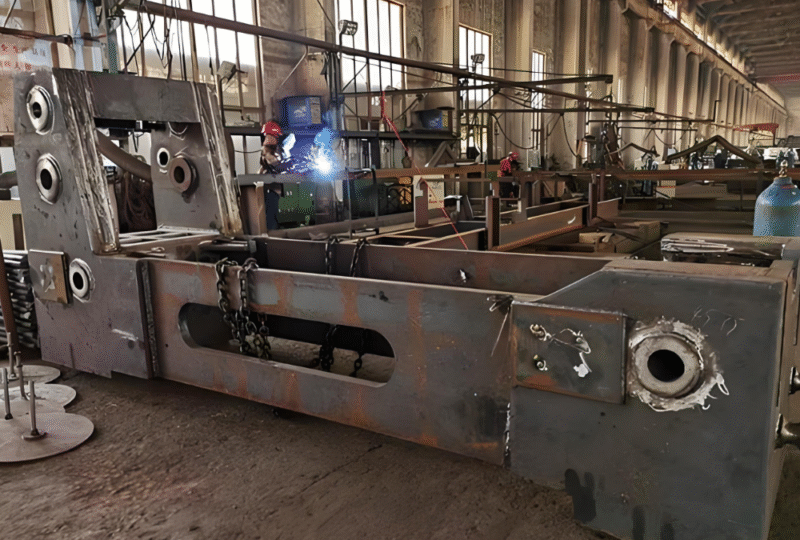

暂无评论内容